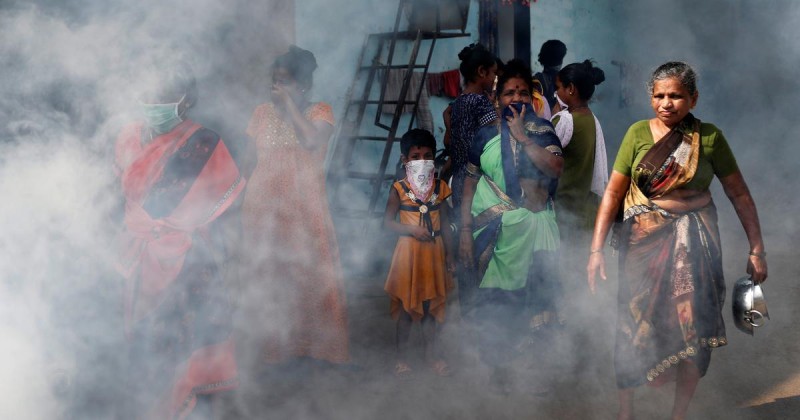
A groundbreaking study released on Sunday reveals that an extraordinary triple-dip La Niña event, exacerbated by climate change, drove an unconventional trend during the 2022-23 winter season. While air quality notably improved in northern India, peninsular India experienced a surge in pollution levels. This phenomenon, characterized by three consecutive years of La Niña conditions, had far-reaching impacts on global oceanic and climatic patterns.
Led by Gufran Beig, Chair Professor at the National Institute of Advanced Studies, the research underscores the significant role of rapidly changing climate alongside local emissions in shaping air quality. Published in the Elsevier Journal, the study highlights an unexpected shift where air quality worsened in peninsular Indian cities but improved in the north, contradicting trends observed in recent decades. Notably, several north Indian cities achieved the 5-year target set under the National Clean Air Programme in a remarkably short span.
The peculiar atmospheric conditions of the 2022-23 winter, attributed to the concluding phase of an unprecedented triple-dip La Niña event, were elucidated by R H Kripalani, a climate scientist at the Indian Institute of Tropical Meteorology. This occurrence, influenced by climate change, disrupted large-scale wind patterns, preventing stagnation in north Indian cities and consequently enhancing air quality. Conversely, it led to stagnant conditions in peninsular cities, exacerbating transboundary pollution and deteriorating air quality significantly. The study utilized the advanced NIAS-SAFAR air quality forecasting model to validate their hypothesis, demonstrating a return to normal air quality levels in the subsequent winter season as La Niña concluded.

Post Your Comments